Digging red out of my photo archive
I saw @melinda010100 post announcing interesting contest so here I am. Since the challenge for #redphotoessay2025 said I need to post at least 5 photos, I don't need to limit myself, right? So I dug through my photos looking for various red subjects.
What can be red? Flowers! Flowers come in different colors and shapes, even among the same genus. The same is true for all the flowers below.
Of course, roses are red...

...but there are a lot more red flowers.
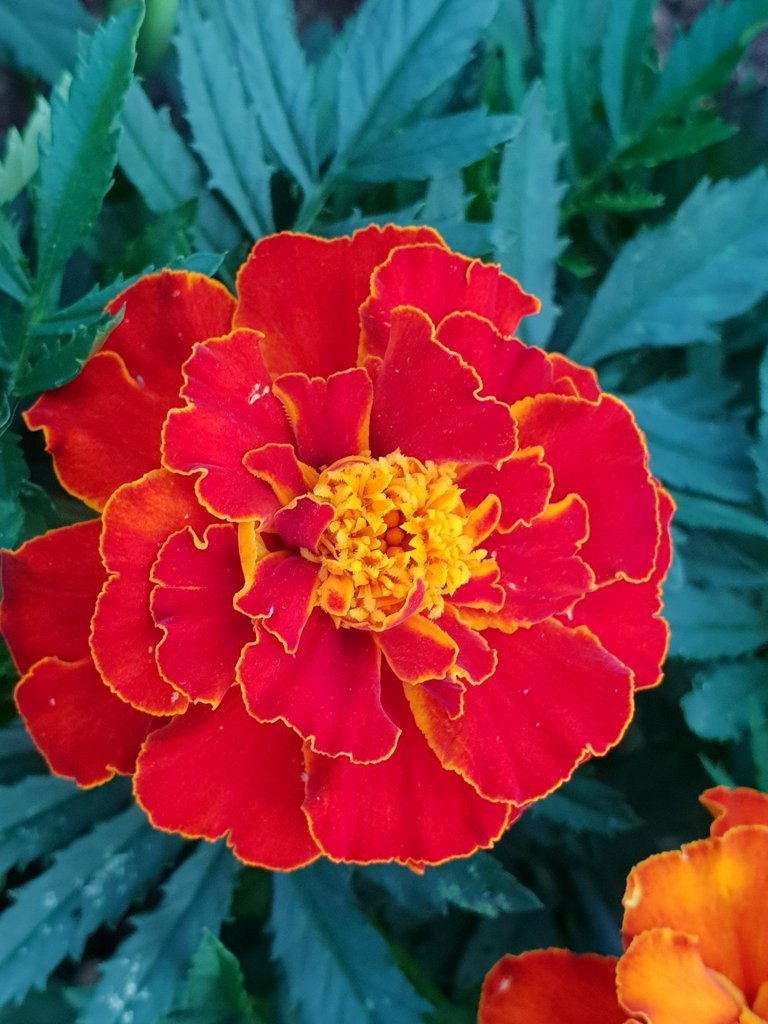
French marigold. They come in a lot of bright colors, from light yellow to dark burgundy. Many variants have petals of different colors, or with edges of different hue than the rest of the flower. And they grow like crazy - very nice.
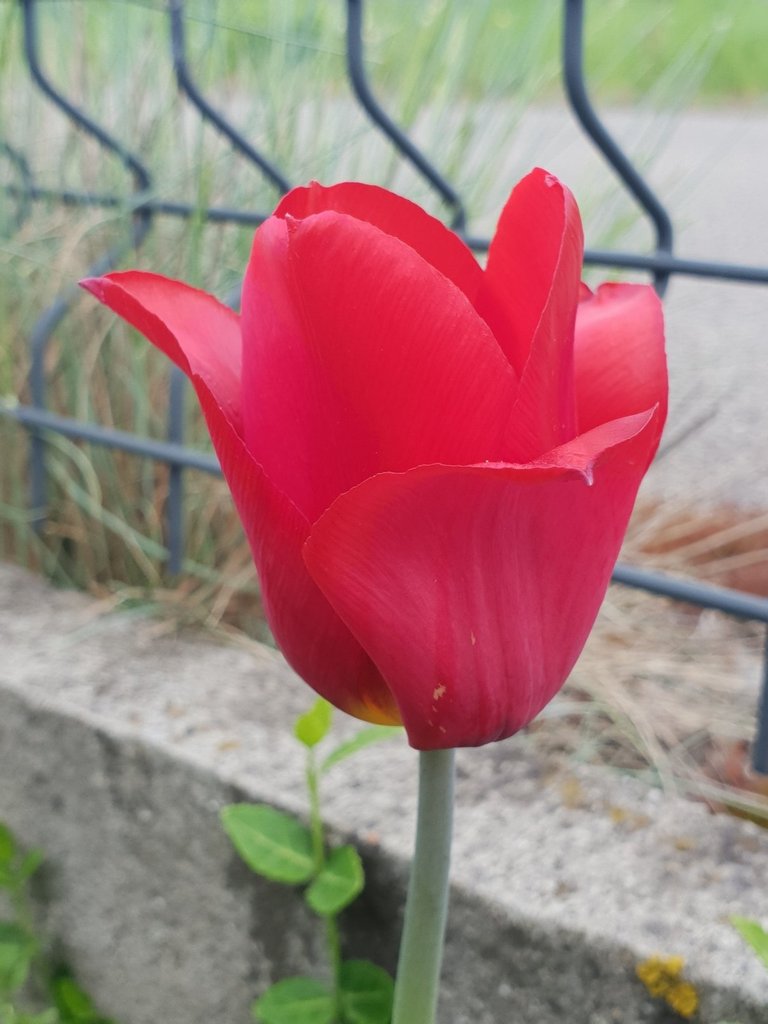
Everyone knows tulips. Too bad they only bloom in spring.

Rhododendrons are also very beautiful. They are big, with hundreds of densely packed flowers. There are gardens that specialize in them - a sight to behold during bloom time.

Dahlia, I don't particularly like them. While all previously shown flowers were from my garden, the one in photo above is from a dahlia exhibit in a botanic garden in Kielce that I've visited couple years ago.
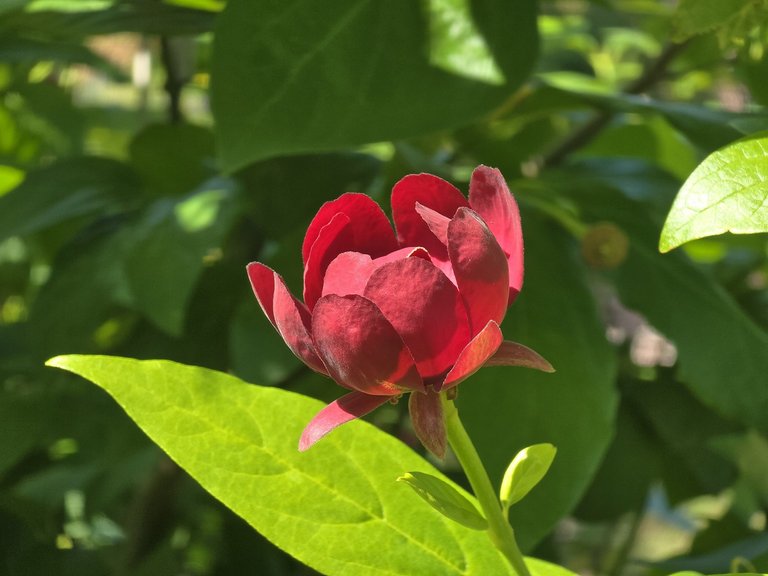
A sweetshrub (I also have one with brownish petals and another spotted white).

Hibiscus. At least some varieties can be dried and added to the tea, staining it red (and it also adds flavor, try it!).
Ok, ok, but what about wild flowes?
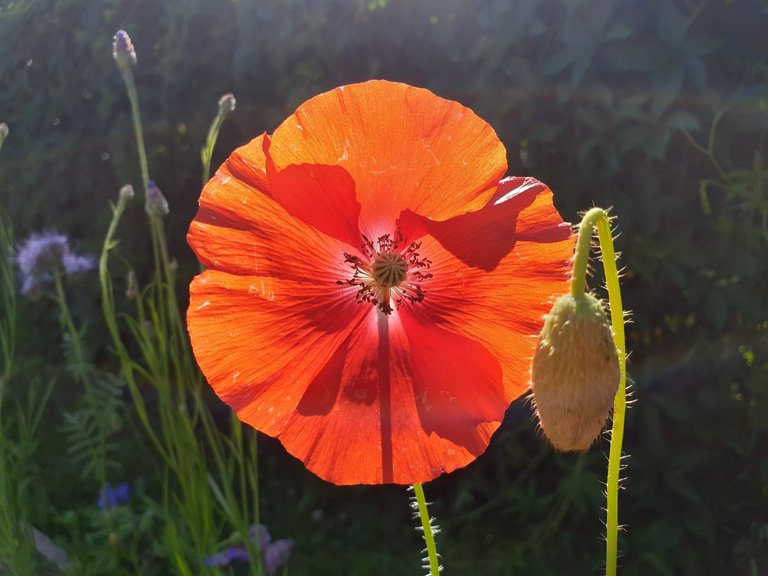
A common poppy.
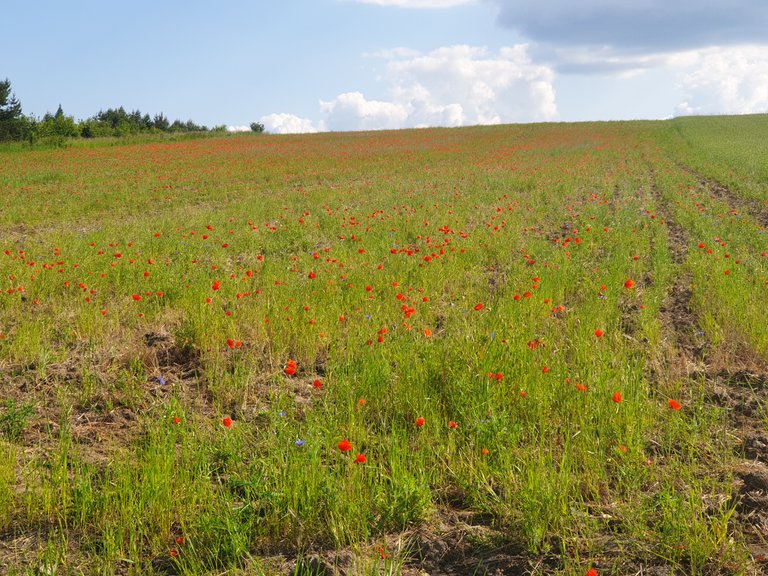
While a single flower does not usually present itself as something extraordinary, look at the red hue they add to the field in above photo (original size).
Enough flowers. What else can be red? Fruits!
Raspberries, apples, red mirabelle plums...

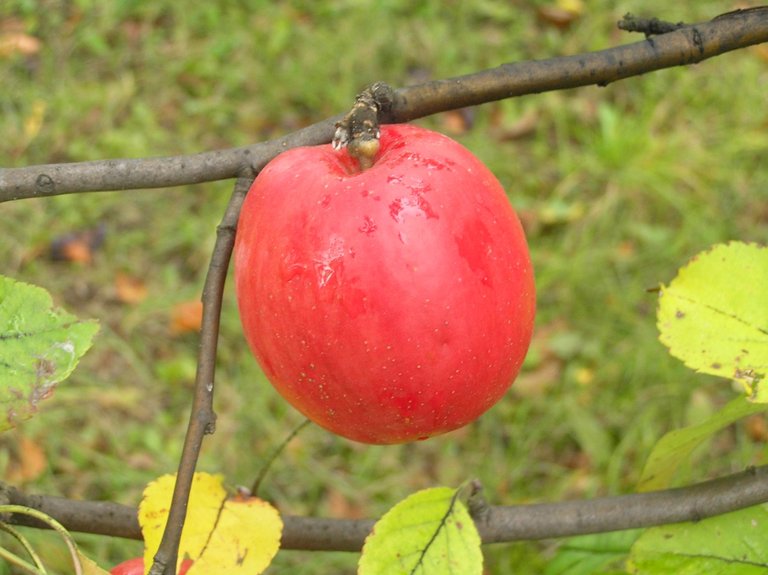
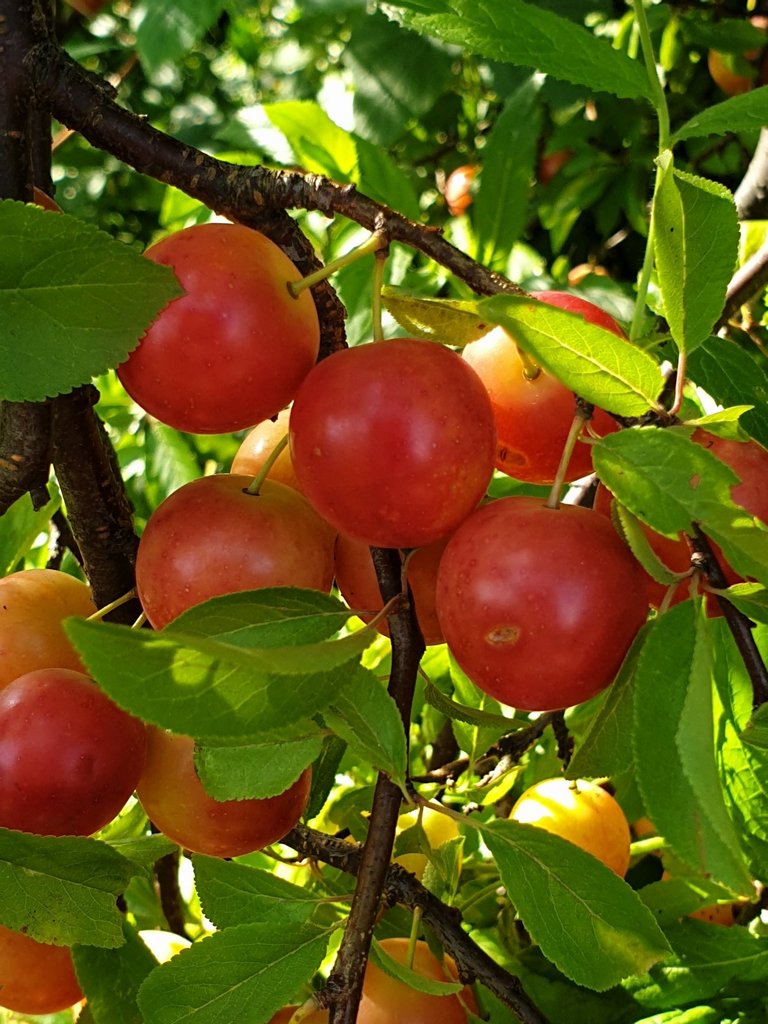
..but fruits can also be less commonly eaten, inedible or even poisonous.

Berberis (sometimes eaten).

Honeysuckle (some species produce edible berries).

Castor bean (toxic - ricin is deadly to humans in small doses - with some medicinal uses, castor oil is extracted from it).

Common yew (whole plant is highly toxic, with the exception of the red flesh of the fruit - I wouldn't try it though - but some birds and other animals eat it without problems).
If we are still among plants there is one more part that can be red - leaves!
There are plants with red or reddish leaves all year long, but most plants that can have red leaves have them during autumn. Here comes a collection of red leaves...

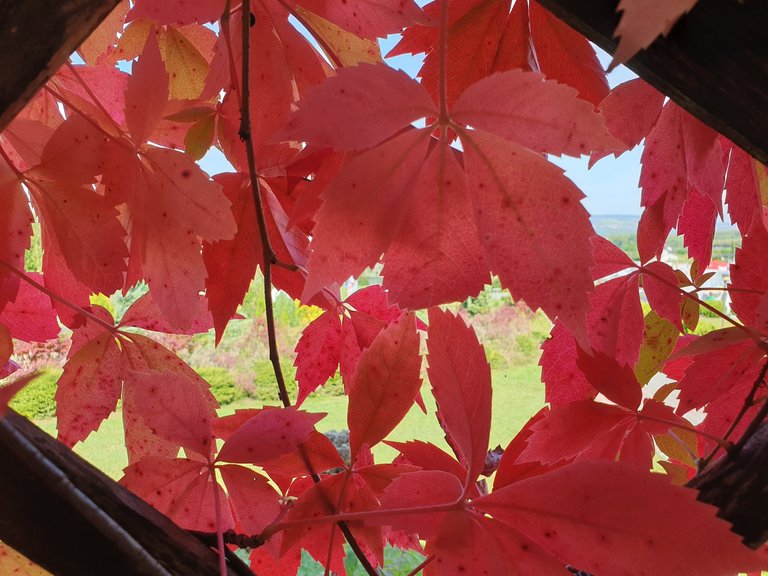
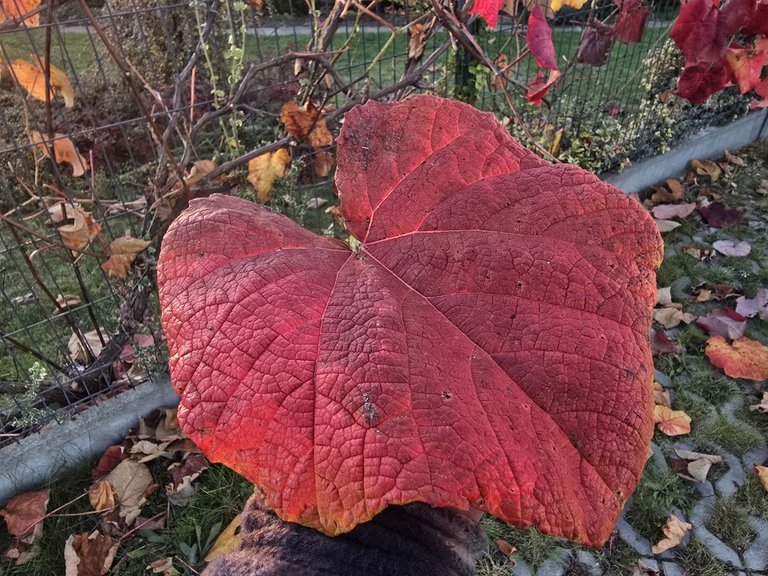
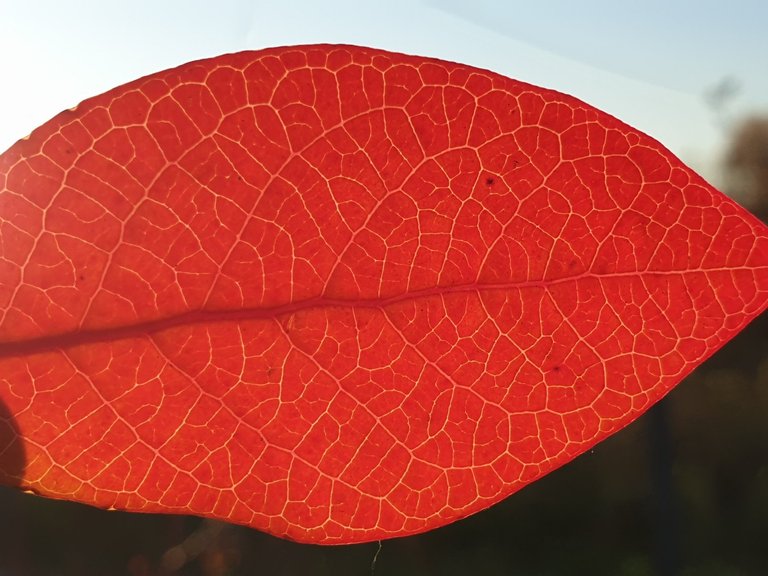

Let's stick with nature for a bit still.

Wolf's milk - a type of slime mold (found in Pazurek Nature Reserve two years ago).

Red sky shortly after sunset on 1 January this year.
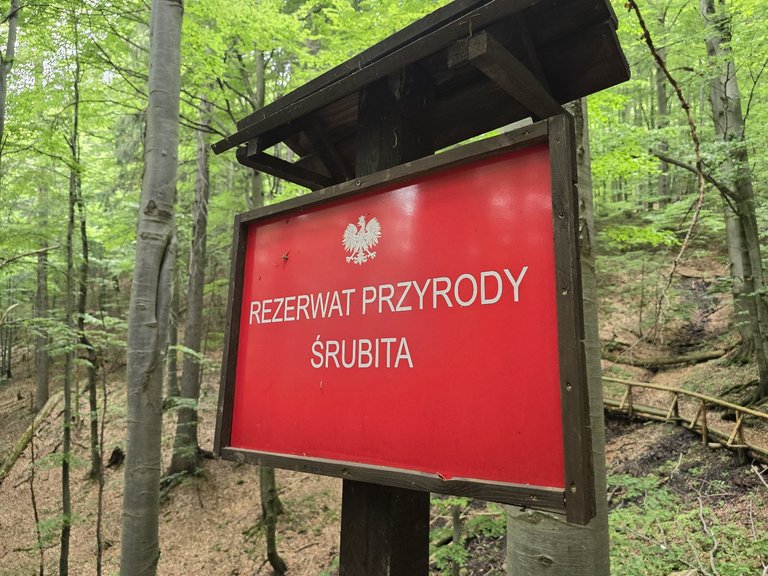
Ok, ok, while it indicates nature reserve, the red sign was not created by nature. So let's move to human made stuff.
While it was not always the case, nowadays people can use any color they want for things they make. Colors also have their meaning.

Red cars are faster, right? By the way, this is most likely @gtg car :o)

One of my many lamps. Only that one shines exclusively red though.

WAPC Wolverine (KTO Rosomak) in Polish national colour - from a Polish Armed Forces Day picnic in Katowice almost six years ago.
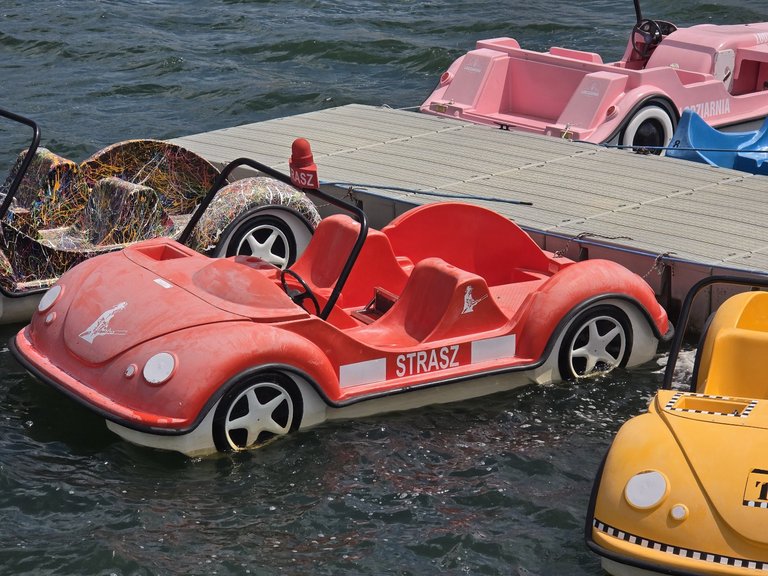
Pedal boat moored at the jetty on reservoir Mucharskie Lake. The sign on it, instead of straż (fire truck), says strasz (spook, haunt, but also threaten).
I wanted to also include minerals from my collection to the mix, but sadly those that are natural are brownish in comparison to above (f.e. red jasper, carnelian, mookaite), or have bright red, but as light flashes (opal) or small spots (heliotrope). Those bright red that I have are man made (alunite, ruby glass), so meh.
Wow, objects that have a red color will always look interesting, I like all the photos you share, but the charm of the sunset looks quite amazing.
It's really amazing ❤️
You received an upvote ecency
Your post is curated and upvoted by the Photo-Essay Community @hive-14396 .
Home of the Photo essay Contests .
Congratulations @miosha! You have completed the following achievement on the Hive blockchain And have been rewarded with New badge(s)
Your next payout target is 6000 HP.
The unit is Hive Power equivalent because post and comment rewards can be split into HP and HBD
You can view your badges on your board and compare yourself to others in the Ranking
If you no longer want to receive notifications, reply to this comment with the word
STOPCheck out our last posts: